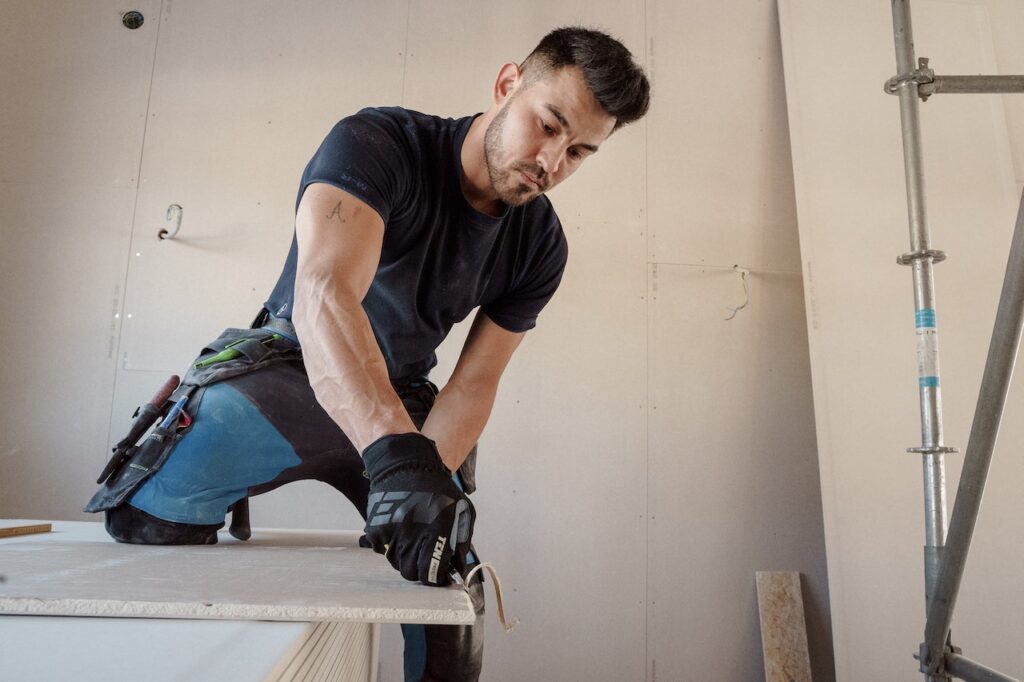Choosing the right soundproof products for your house can be tricky, especially if you don’t plan on doing the work yourself. There is a wide range of options that you should thoroughly research before investing in one. Before you start, it’s essential to understand the pros and cons of each product so that you can make an informed decision.
What Is Acoustic Plasterboard?
When building a house, plasterboard walls are the norm. In different countries, it is sheetrock or plasterboard. The purpose of acoustic plasterboard is to prevent noise from entering the wall, so it is thicker and denser than conventional plasterboard. Some types of acoustical plasterboard even have an additional layer of soundproofing material, further enhancing their already impressive performance. Some others have a denser structure. Soundproofing is best achieved by increasing the weight of the material used. This is why plasterboard is often heavier.
Using Acoustic Plasterboard
It can be used in various rooms of the house, except in bathrooms, where there is a requirement for moisture-resistant materials. It would be very unusual to use soundproof drywall in a bathroom. One of the most important factors that you should consider when choosing a soundproof material is the type of wall that you want to cover. This will determine the effectiveness of the soundproofing process. You should also use acoustic tape around the edges and sealant around the panels.
Party walls can be made soundproof using acoustic plasterboard. This type of wall can be used to block the noise coming from the neighbours. If you live in a bungalow or flat, you might want to consider soundproofing to keep the noise from the TV and talking from affecting your living room. This could be done for a small baby or if you have a very light sleeper.
It’s important that you have a room that can be quiet and peaceful. There are various types of noise that can affect your bedroom and sleep. Some of these include the neighbours, a noisy road, a loud local pub, and an insomniac spouse who always watches TV. For conversions, acoustic plasterboard is a popular choice. Although this type of material can be used to block the noise coming from outside, it’s important to keep in mind that it should be considered for floor soundproofing. Also, as it’s thicker, it can keep heat from escaping.
Conclusion
If you’re planning on doing extensive home renovations or are simply looking to improve the efficiency of your house, then acoustic ceiling tiles are a great choice. If you have several problem rooms, then you should consider choosing MLV, green glue, or acoustic ceiling tiles. These can be used to block out the noise coming from various parts of the house. Although we haven’t discussed the doors and windows, they are important elements. Before you start the process, it’s important that you thoroughly research the various options available to you. You can choose from heavy doors, soundproof blinds, and double glazing.
